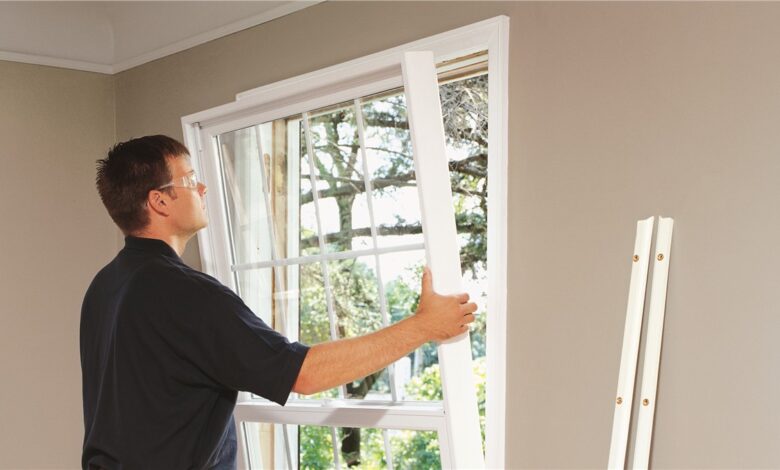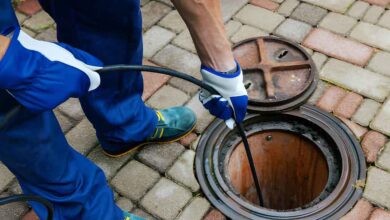Waterproofing Windows and Doors for An Eventful Door and Window Replacement Mississauga

Improving your home’s weatherproofing after window replacement Mississauga can do more than just make it more comfortable inside; it can also help you save money on your energy bills. As winter comes, it’s a good idea to take some time to look at your home from the inside and outside, paying particular attention to places where air could be leaking out.
Cracks and holes form around windows and the brick walls next to them. By fixing these problems, you can make your home more energy-efficient and comfortable and lower your power bills during the colder months. Below are some ideas on effectively waterproofing your windows and doors in Mississauga through caulking.
1.When Caulking, Ensure You Start Fresh
Removing the old caulk with caulk cleaner gel is essential before putting on the new caulk. As time passes, old caulk can dry out and crack, which could trap water underneath and help mold and humidity grow.
Before putting on a new layer of glue, you must remove the old one altogether, and the area must be cleaned with rubbing alcohol by the technician or you if it is a DIY. This careful process ensures the seal is clean and effective during recaulking.
This keeps problems caused by wetness at bay and encourages a strong seal that lasts for a long time. As long as you follow these steps, your caulking will stay strong, and you’ll protect your home against water getting in without the need for window replacement Mississauga.
2.Check The Gap
The crack size in the door or window is another essential thing to consider when spreading caulk. Instead of just glue, it’s better to use a backer rod to fill in cracks that are wider than half an inch.
Also, it’s important to smooth out the glue surface after using it. This makes it look better overall, giving it a more professional look, and strengthens the window seal, making it less likely to be broken.
Making the glue smooth also lowers the chance of mold growth. You can successfully weatherproof your windows and doors by reducing the size of cracks and ensuring the finish is smooth. This will make them look better and improve their ability to keep out the elements.
3.Calking A Brick House
When you caulk the windows of a house with brick siding, you need to use silicone caulk or another clear caulk that dries clear. The important thing is to keep the glue from touching the brick as much as possible.
It is best to use a good dispenser gun for this job to succeed. A good caulk injector gun will help spread the caulk evenly around the windows Mississauga, ensuring a clean seal and keeping extra caulk from touching the brick.
This method makes the caulking job look better and helps keep the brick exterior in good shape. This way, you can be sure that you have sealed your windows properly without affecting the look of the outside of your house or incurring too much cost on window replacement Mississauga.
4.Examine The Structures
If you have a relatively new house with trim boards around the windows or doors connected to the siding, don’t caulk the spaces between them. Weep holes are holes in these kinds of windows that let water escape.
A small hole in the window called a weep hole lets water drain out and keeps moisture from building up. It is essential to avoid caulking or plugging these weep holes because manufacturers design them to work a certain way.
By not sealing the weep holes, you ensure that water can drain properly, protecting the structure and usefulness of the window. This is especially important in newer homes where architects purposefully build these features.
5.Be Keen with The Window Sealant
It is very important to pay close attention to the outside wall when you are sealing or resealing a window. The windowsill is essential to keeping water off the wall under the window.
There are two main places where gaps can form over time, which are between the window and the windowsill and between the concrete slabs or bricks that make up the ledge.



